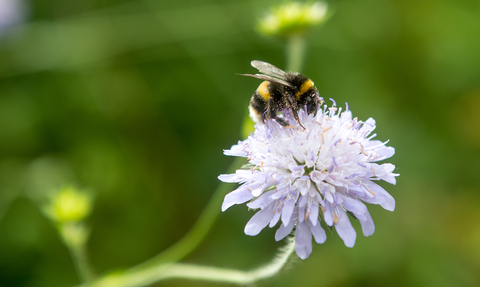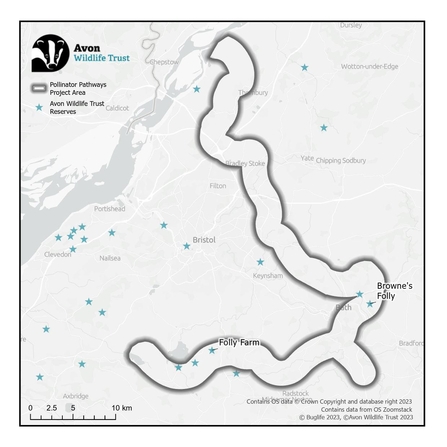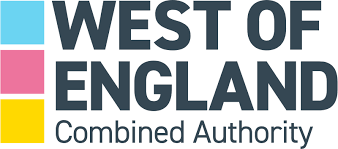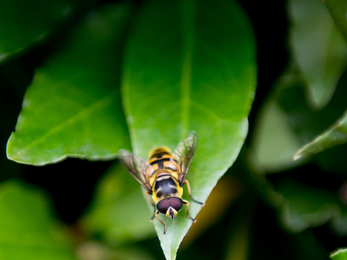
(c) Gavin Dickson
Pollinator Pathways
Reversing the decline of pollinators in Avon
Pollinator Pathways is an innovative two-year project to create and improve pollen-rich habitats and provide a more positive future for pollinators.
To reverse the decline of pollinators, the project will focus along the Biodiversity Lines (‘B-Lines’), which are a national network of pollinator friendly habitats envisioned by the charity Buglife.
By improving the connectivity of pollinator habitats, the project aims to increase the abundance and diversity of pollinators and the availability of well-managed habitats. This will be essential to building resilience for pollinator species as our climate changes.
The project will offer guidance to landowners, businesses, farmers, and community groups, to access support with surveys, and receive habitat management advice. Pollinator Pathways can also provide small grants and volunteer time for practical projects such as scrub control and fencing.
There may also be support available to access a range of capital grants and, in some circumstances, to apply for agri-environment schemes.

Contains OS data (c) Crown copyright and database right 2023. Contains data from OS Zoomstack (c) Buglife and Avon Wildlife Trust 2023
The importance of pollinators
Insect pollinators contribute an estimated £690M annually to UK food production, with wild pollinator communities making the greatest contribution.
A third of our food crops are pollinated by insects such as honeybees, bumblebees, solitary bees, wasps, hoverflies, flies, butterflies, moths and beetles.
However, the UK's flying insect population has declined by 60% in 20 years, and the headline indicator for pollinators (using bee and hoverfly species) has declined by 24% between 1980 and 2022.
Pollinators need plants
There are a broad range of pollinator habitats, but most are in decline and under pressure. In addition to grasslands and hedgerows, woodland glades and rides, pond and river edges, and field margins are all important for pollinators.
Pollinators provide a vital role in plant fertilisation, without which plants would not be able to produce fruits, seeds and nuts, including those we eat like strawberries and apples.
Likewise, pollinators need plants. Flowers rich with pollen and nectar are needed throughout the entire season to keep pollinators fed.
A variety of wildflowers, crops and garden flowers are vital within the landscape, to sustain our pollinators and, therefore, sustain us. When one part of this interconnected web fails, it can create ecosystem collapse and catastrophe for our farmers and for food production. Our actions have consequences for both wildlife and our own food security and livelihoods.
As pollinator habitats are restored, these will provide a connected pathway for pollinators to thrive.
Pollinators are in decline and urgent action is needed to halt and reverse the decline.
Get involved
If you are a farmer, a business, or a community group and would like to know more about accessing support, please contact Kerri Russell, Nature Recovery Officer.
Pollinator Pathways is funded by the West of England Combined Authority.



